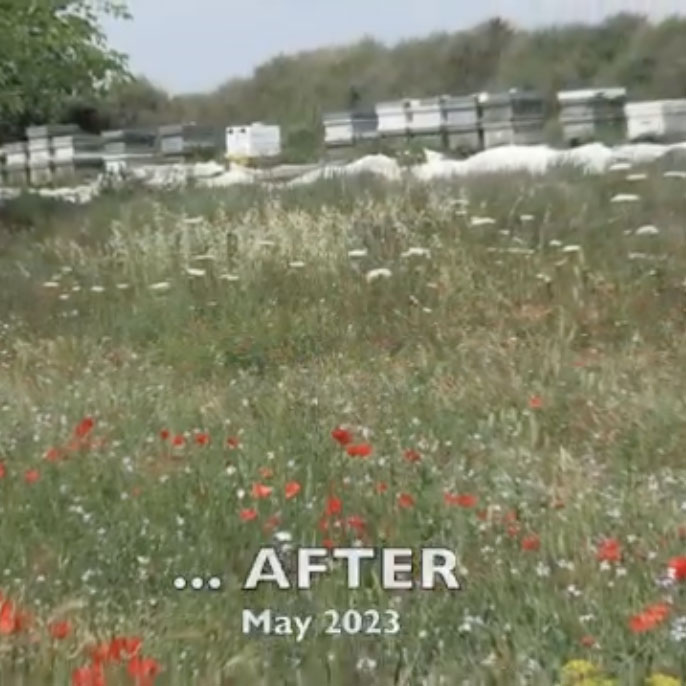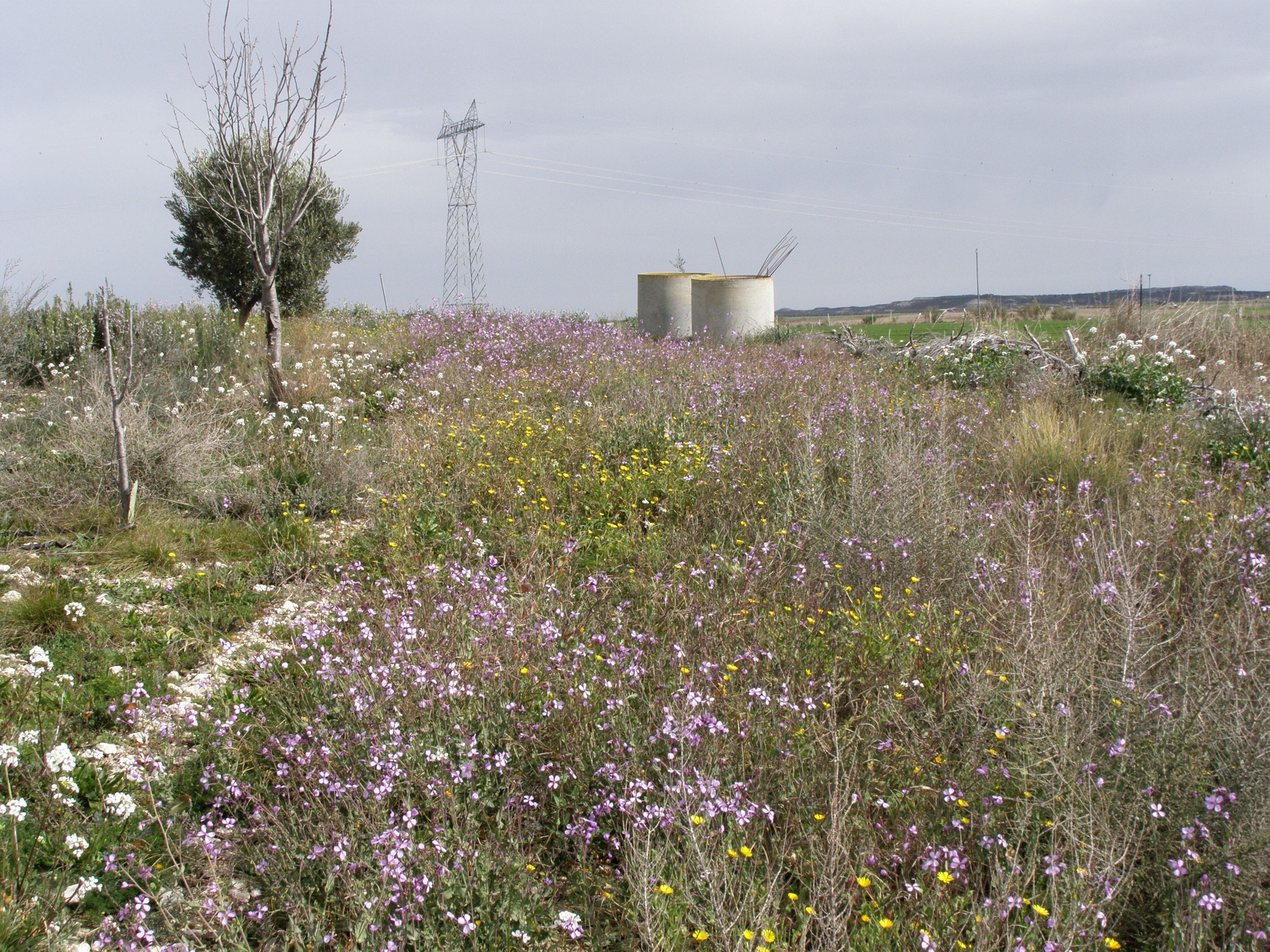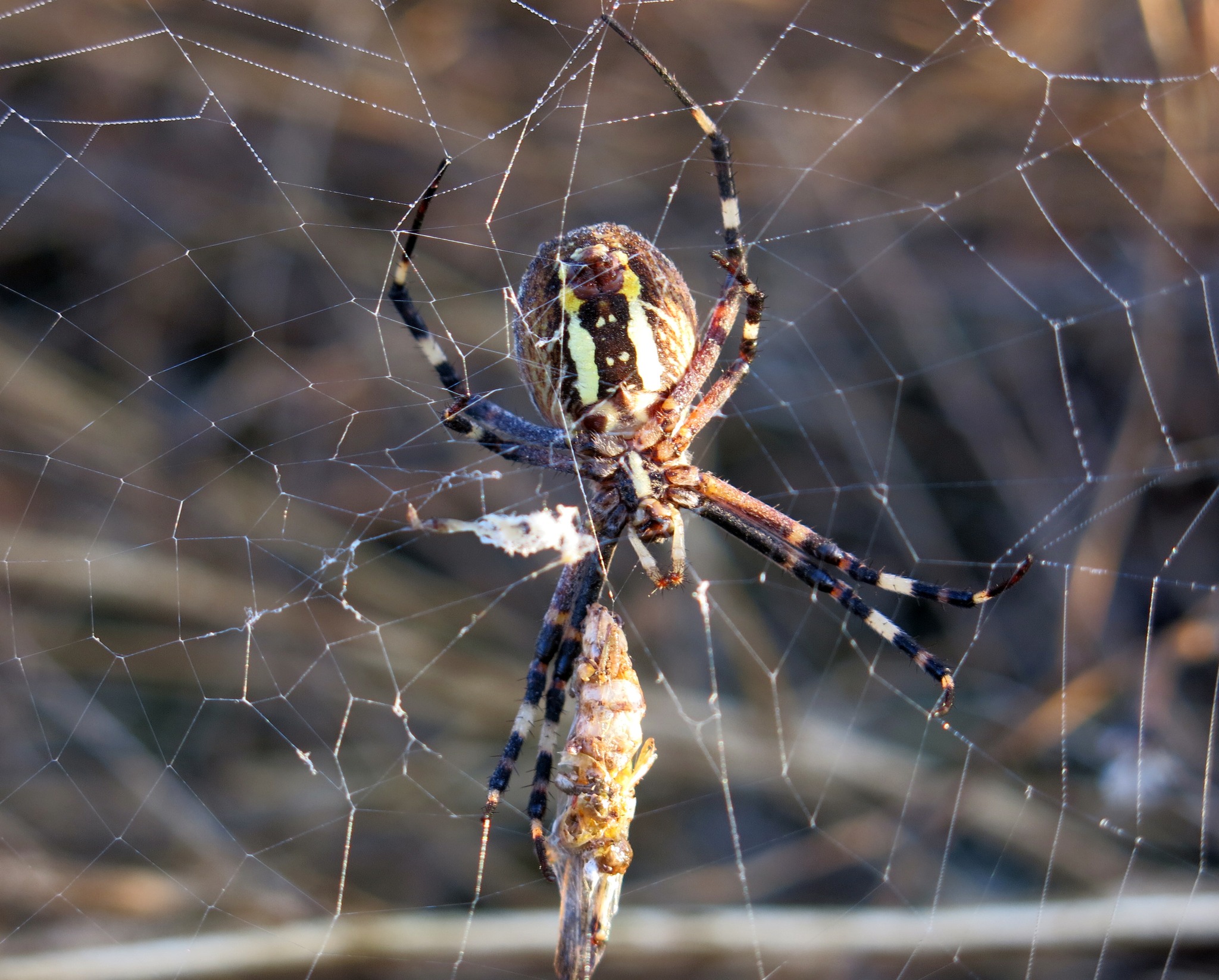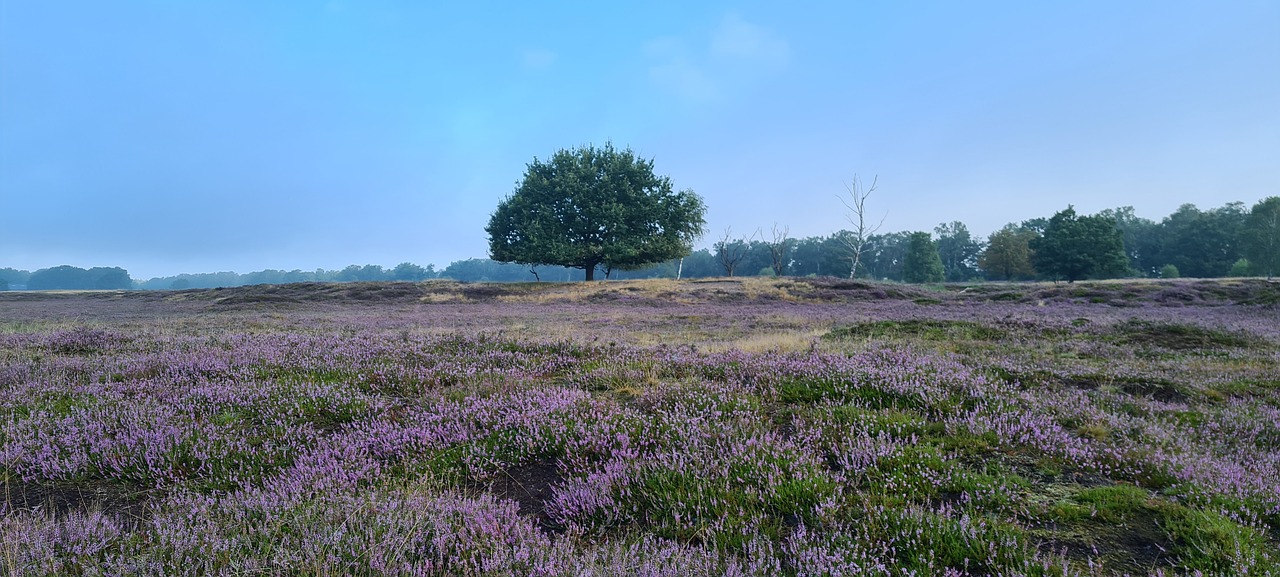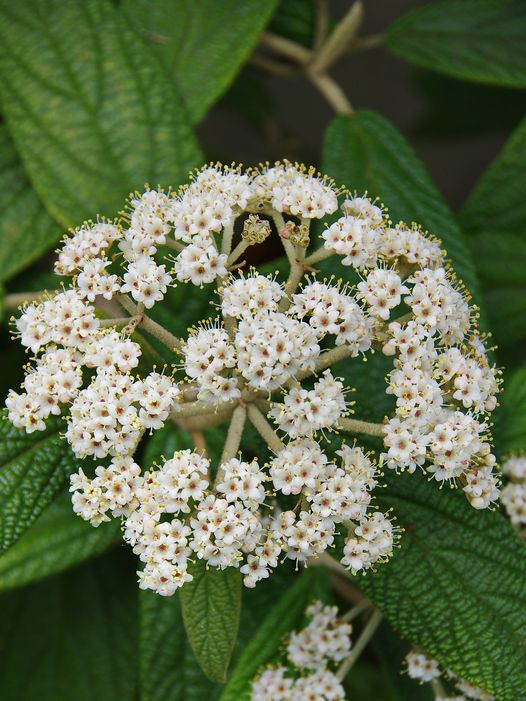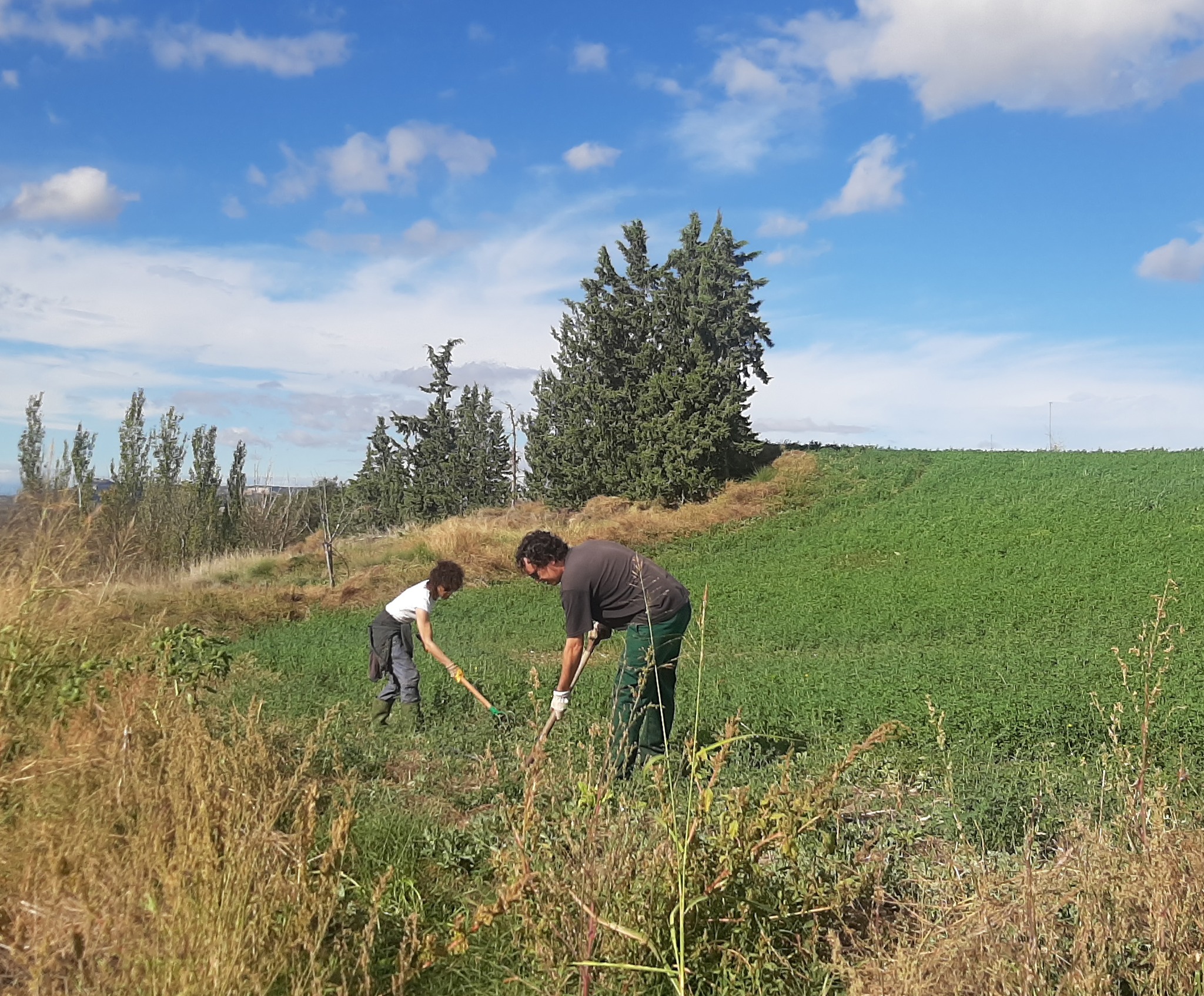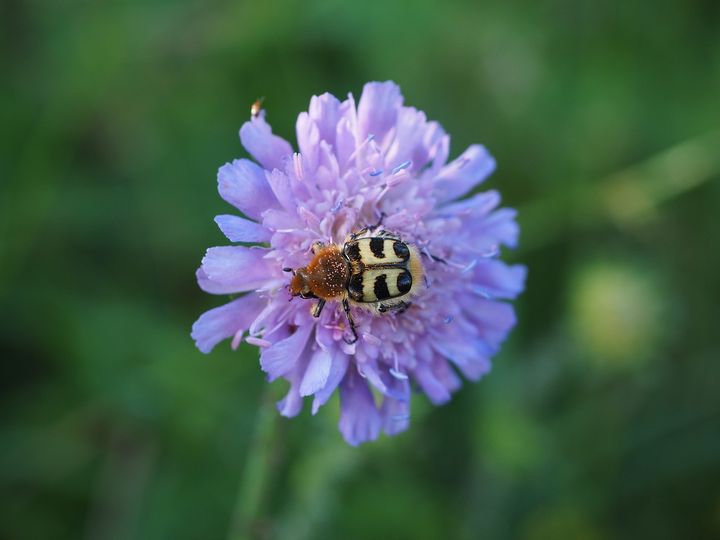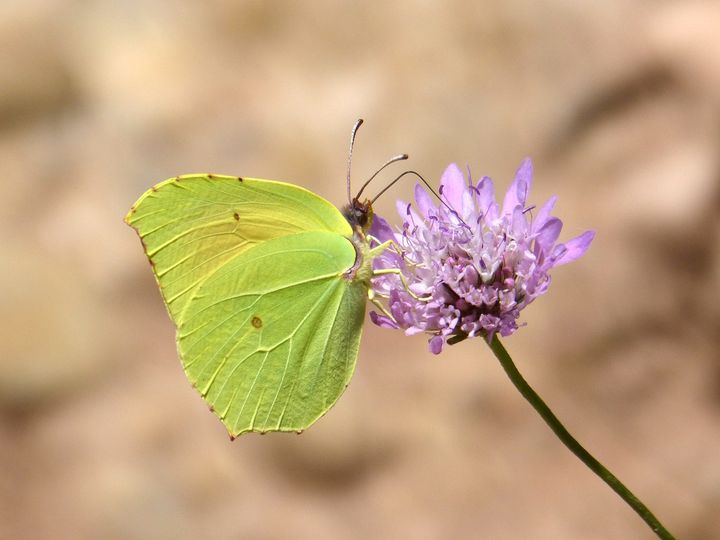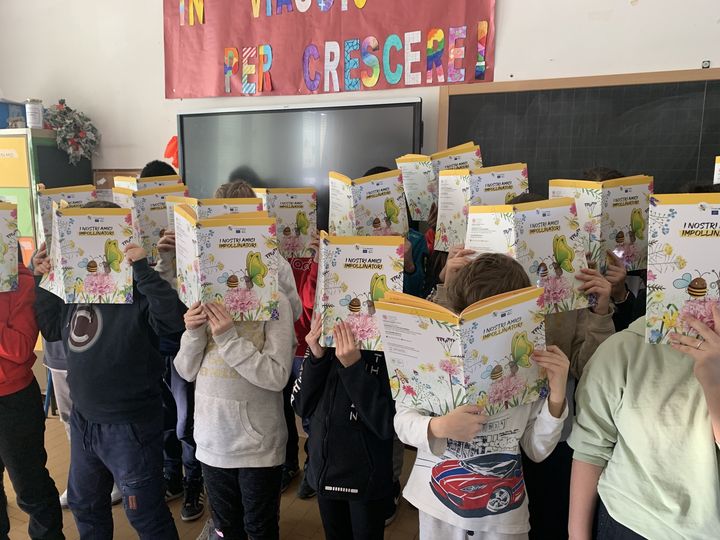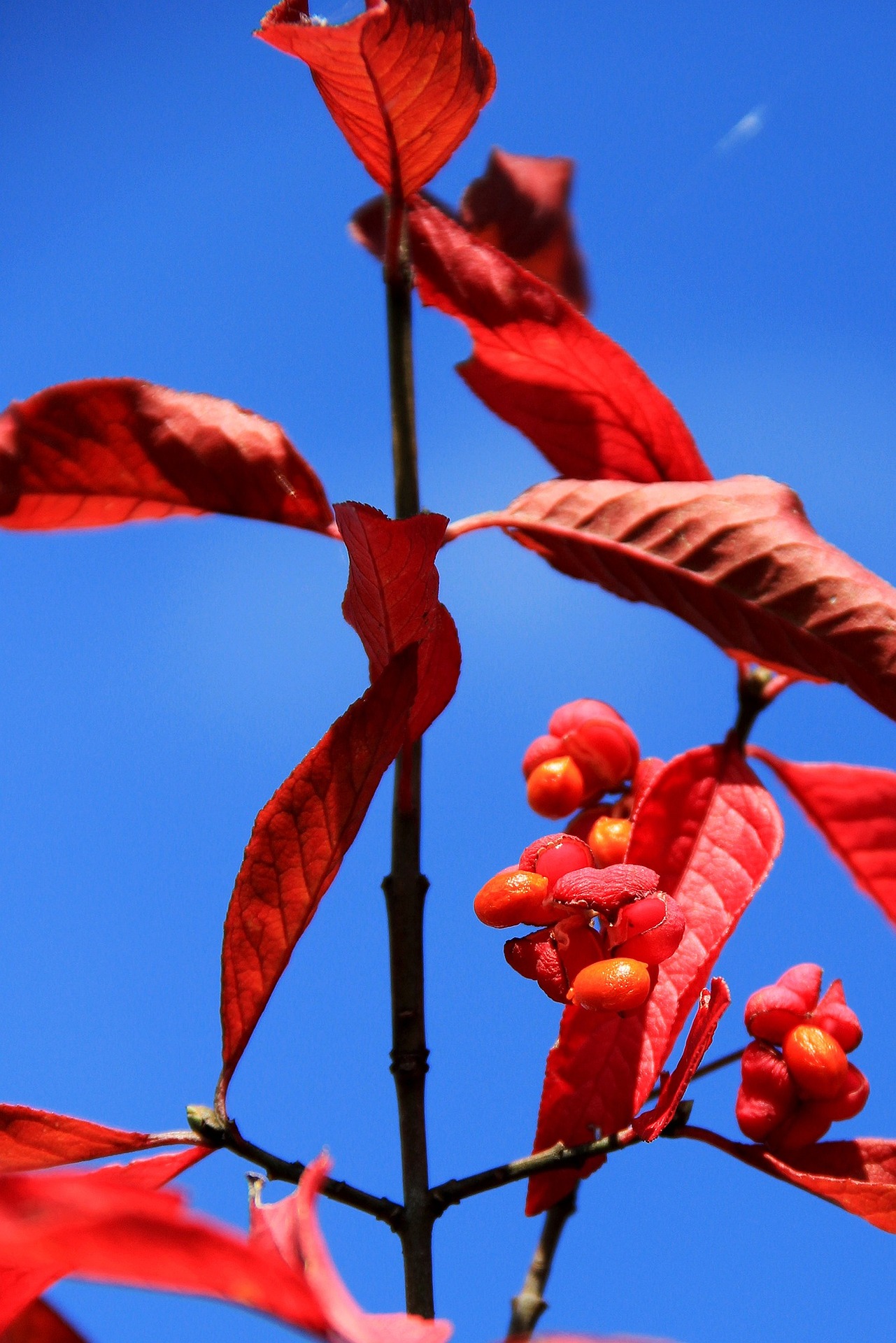A before-and-after view from our partner CITA Aragón in Spain!
lifepollinaction2024-03-27T08:34:33+01:00A before-and-after view from our partner CITA Aragón in Spain! Intervention: Species poor grasslands enrichment. LIFE Programme #LIFEprogramme #LIFEproject #EUpollinators #impollinatori #api #pollinators #bees LIFE 4 Pollinators LIFE Greenchange Life BEEadapt Università Ca' Foscari Venezia United Nations Biodiversity The Pollinator Partnership BeeLife European Beekeeping Coordination polli.NET


